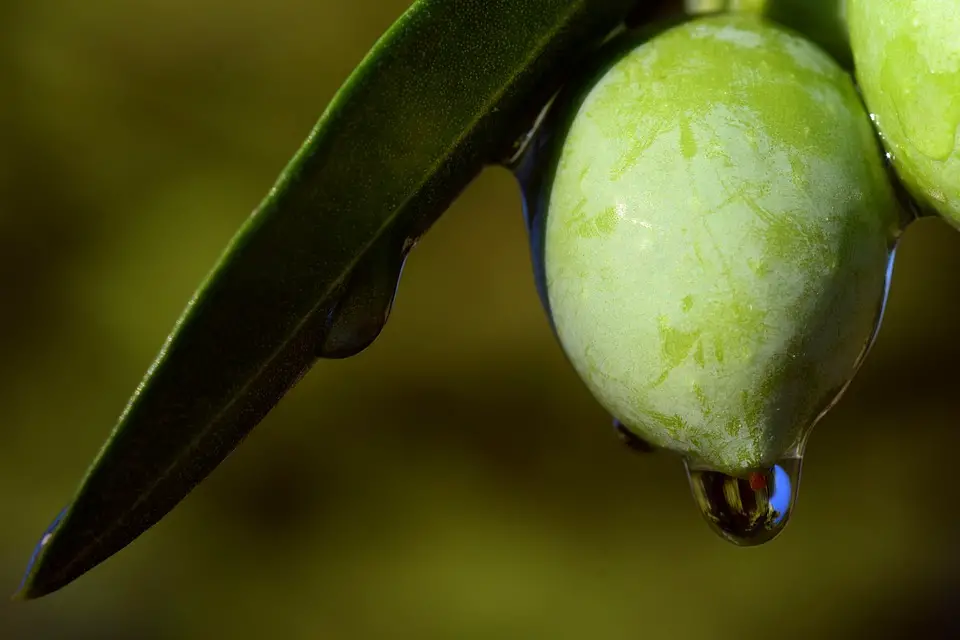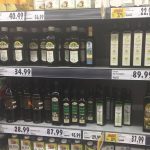As Morski writes, traditionally, the harvest of olives took place later than it has done over more recent years when it has been typically beginning much earlier. More and more olive growers harvest their green fruit at the beginning of October as time goes on. The price of processing per kilogram will soon be known, which will affect the price of Croatian olive oil for the end consumer. Forecasts have warned that a litre of Croatian olive oil will be as much as 20 kuna more expensive.
Young people from Pakostane are in a kind of training for harvesting olives during the month of October and gearing up for the most important job of the Dalmatian farmer. They are not worried about the new olive processing prices, because they are out working in the field for pleasure, but for those who have to harvest up to 500 trees – they are naturally very worried. Ante Vulin from Pakostane has wells, real pools, in his olive grove right next to Lake Vrana, so the fruit didn’t shrivel up and die like that of so many other farmers did due to the harsh drought this summer. He is extremely satisfied with what he has, but he is still realistic, the price of his Croatian olive oil will definitely have to rise, reports HRT.
”It will certainly go up by 20 kuna per liter. Fertilisation is the biggest cost and the price of fertiliser has increased four times, by 20 or 30 percent,” he explained.
The price will be greatly influenced by the oil producers’ upcoming decisions on how much they will charge for processing per litre, and producer Mate Ivas is waiting to see how much the monthly electricity bill will be before he makes any decisions on end pricing.
”Back in 2020, it was around 36,000 kuna. Last year we didn’t do anything, there were no olives to be harvested, and this year we’re expecting an electricity bill of around 100,000 kuna,” he stated. But despite the high price of fuel and electricity, they are aware that they cannot raise their prices too much compared to, for example, last year’s 50 kuna per kilogram.
”You can’t charge 2,000 kuna for processing to a man who has got a thousand kilograms of olives. Who will buy it, who will work on it? People don’t have that much money to pay for processing. If it is 10, 20 lipa from kuna and a half, then that will be that,” said Ivas.
However, in the end, the consumers themselves are the market regulators and finding the right balance between Croatian olive oil prices in the face of inflation and whether or not customers will accept that is yet to be seen.
For more, make sure to check out our dedicated business section.










